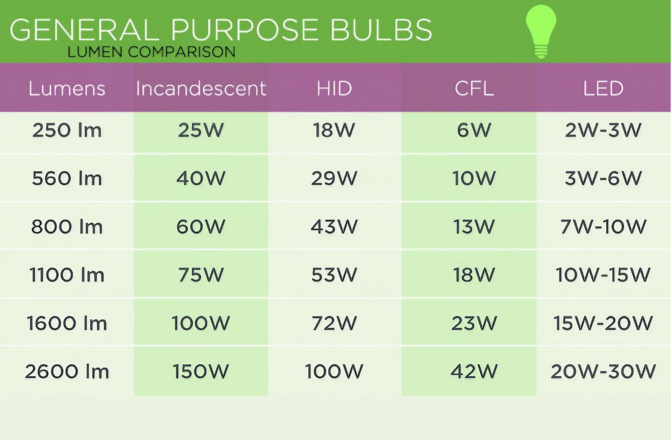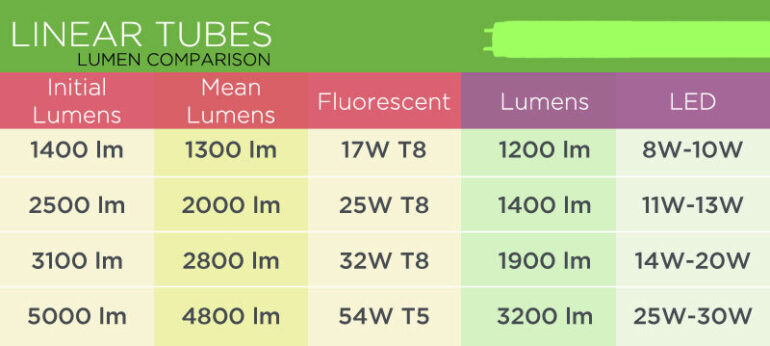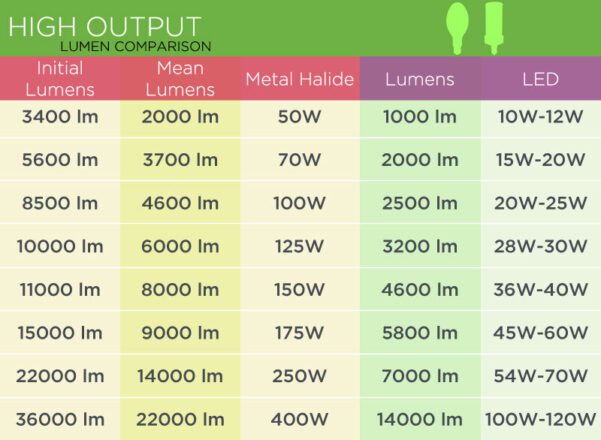- Empty cart.
- Continue Shopping

Measuring Brightness
This guide serves as a general reference, focusing on common omnidirectional household bulbs and their brightness levels. As LED technology continuously improves its efficacy, the wattage used for the same light output keeps decreasing.
However, as we scale up to larger bulbs and more intense light fixtures, additional factors come into play when comparing different lighting technologies. Directionality becomes a significant consideration, particularly in commercial and industrial applications. For instance, a 250-watt metal halide HID lamp used in a parking lot light emits about 14,000 lumens in all directions. But often, not all of this light is utilized, as some is lost or diffused within the fixture.
Understanding Brightness Measurement: Lumens vs. Wattage
When upgrading to LED, you don’t necessarily need an LED area light that outputs the same 14,000 lumens. LEDs are inherently directional, and all their light is directed towards the target surface. This means you might be able to use an LED fixture with a lower lumen output, such as 7,000 or 10,000 lumens, depending on the situation.
Impact of Directionality and Technology on Light Output
Various factors, known as Light Loss Factors, influence the light output of a fixture or bulb. These factors include ballast factor, ambient temperature, voltage, optics, burnouts, and lumen depreciation, among others. While it may seem challenging to factor in all these variables for a true comparison of high-output fixtures and lamps across different technologies, the bottom line is that switching to LEDs not only saves energy but often allows you to use a lower output fixture due to the increased optical efficiencies of LED fixtures while maintaining the same desired light levels on the target surface.
Of course, each project may vary based on specific conditions. Nonetheless, here are some common equivalents to consider, highlighting the differences in lumen outputs.





